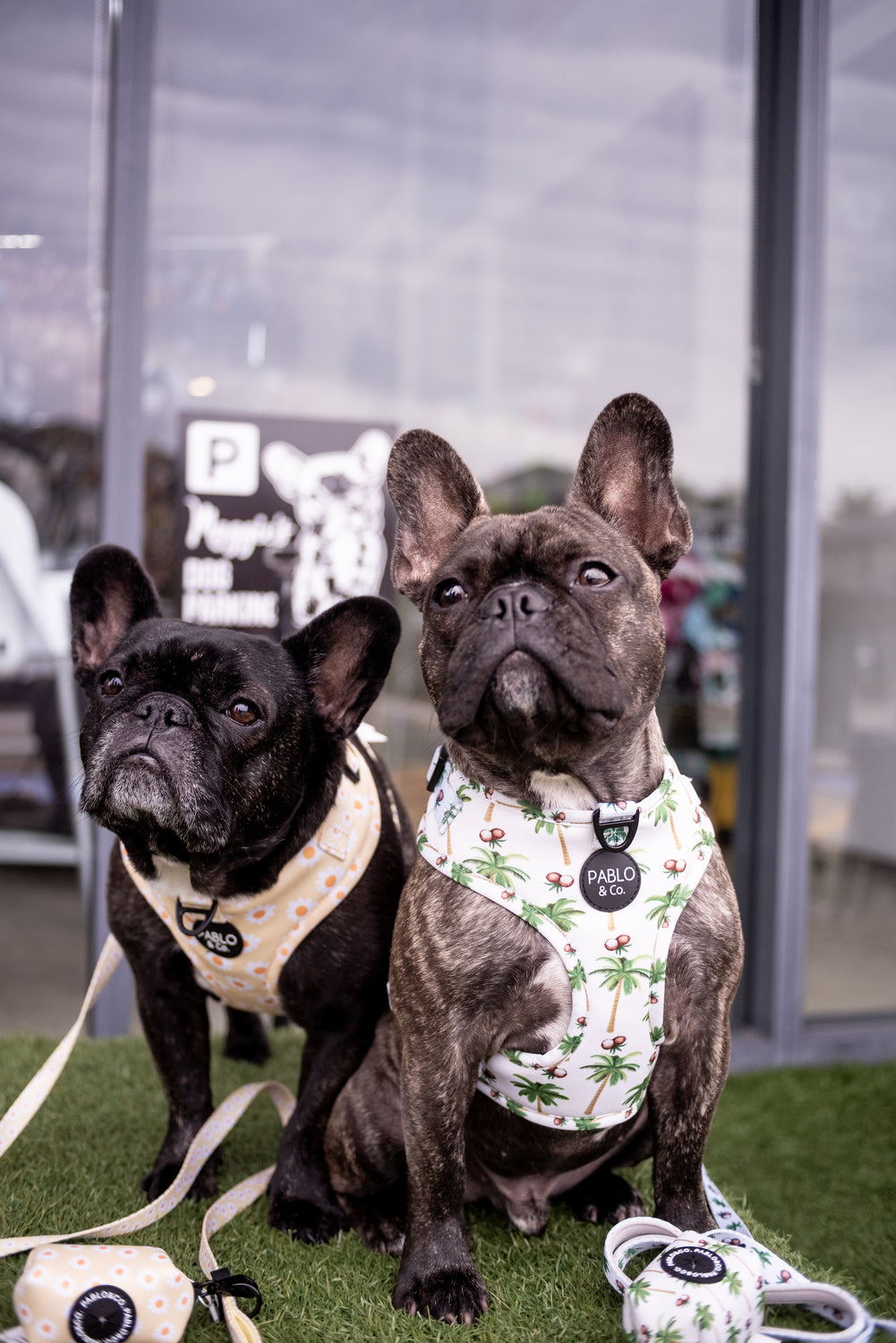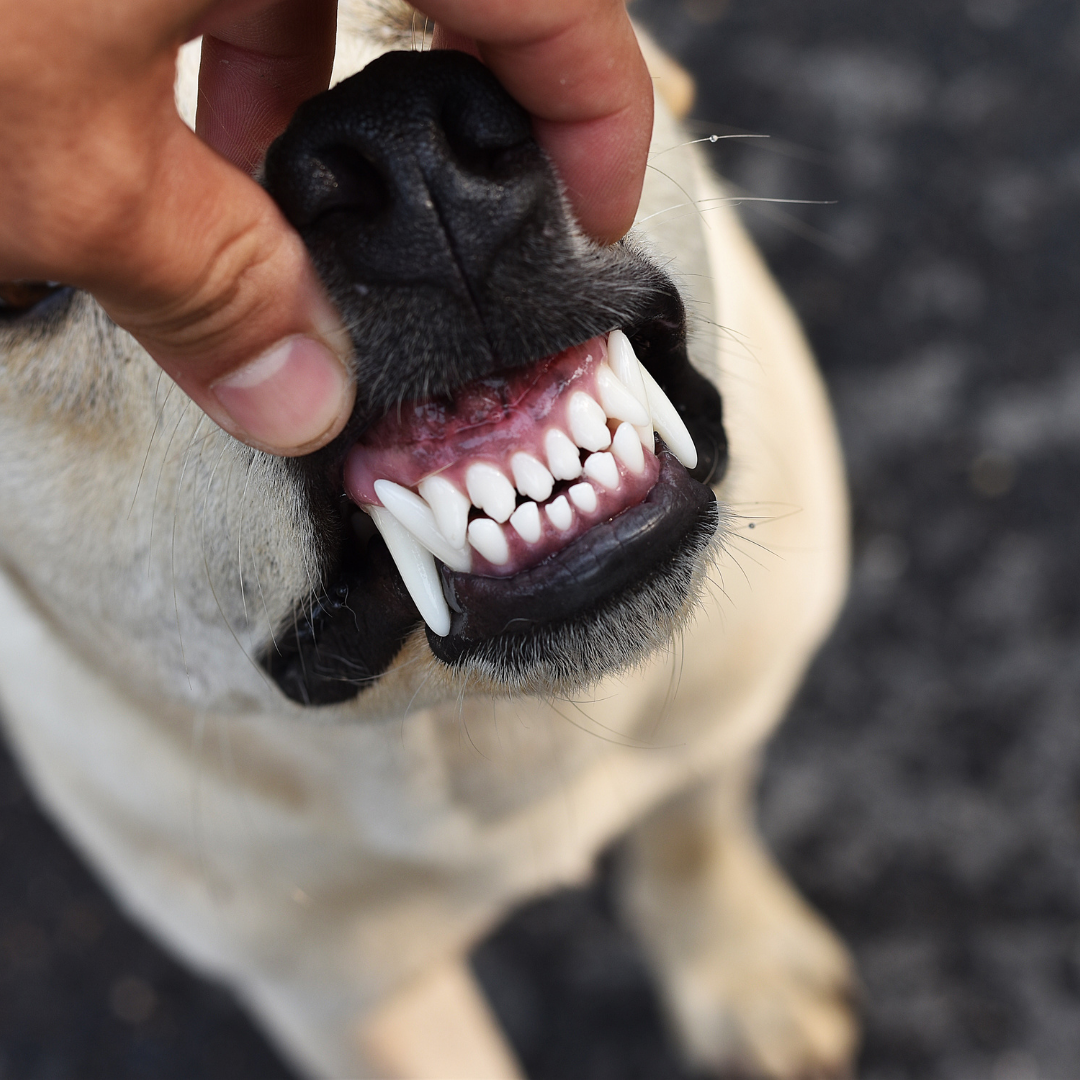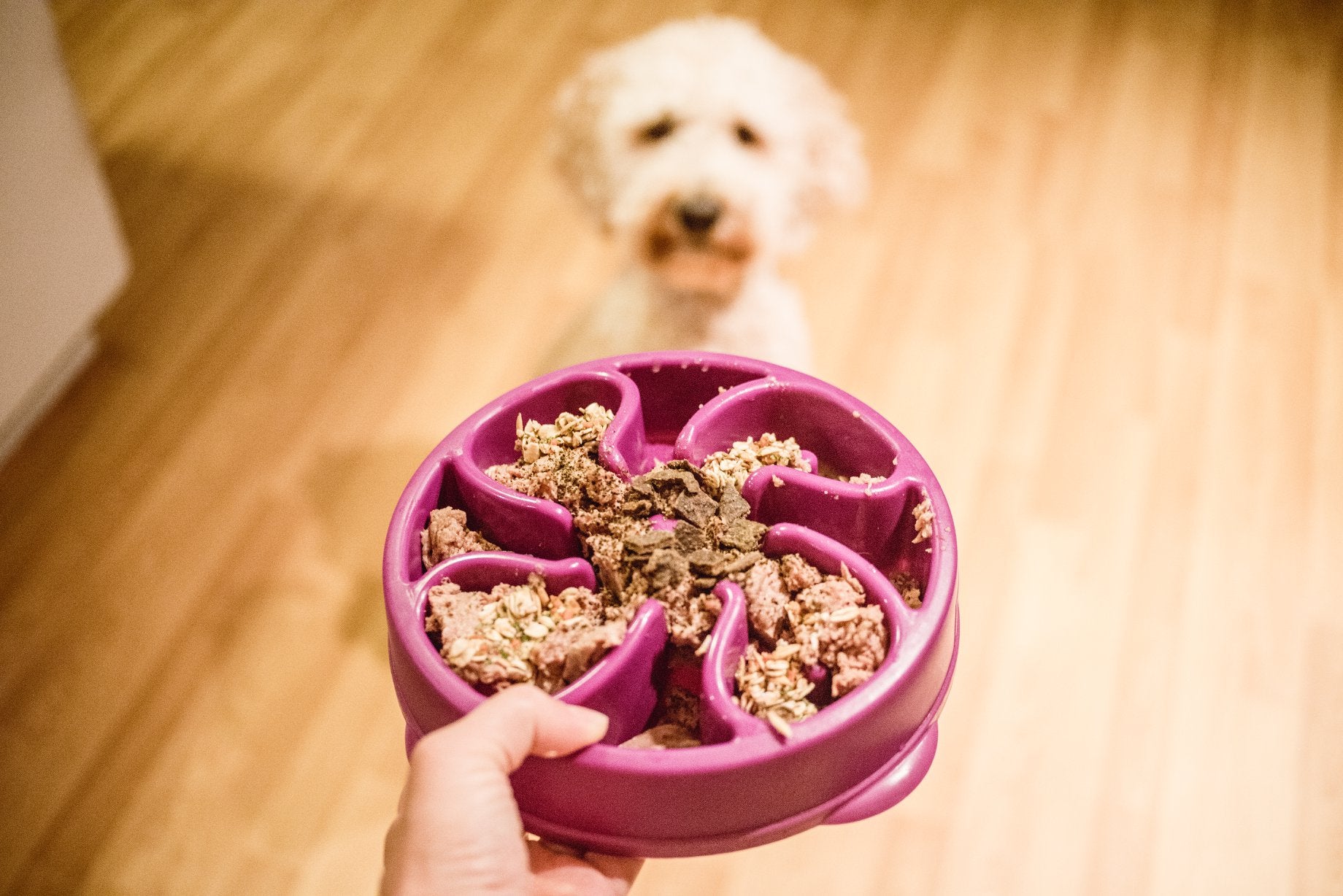Easily one of the most frequently asked questions in store, "what have you got for a fussy dog?", almost always ends up in a lengthy discussion about food type, feeding routine and what condition your pet is currently in.
Do you have a fussy dog?
Easily one of the most frequently asked questions in store, "what have you got for a fussy dog?", almost always ends up in a lengthy discussion about food type, feeding routine and what condition your pet is currently in.
When faced with a question like this, we immediately begin running through a mental checklist of questions to ask to try and get to the bottom of your pet's behaviour. I've summarised below the standard questions we ask and the responses, to see if any of these my fit your 'fussy dog' scenario.
Q - Is your pet underweight?
A - No.
We'll have a look at your pet's calorie requirement in comparison to how much you are trying to feed. If you have a fussy dog that is not underweight, it's more likely that you're overestimating how much your dog needs to eat.
Q - What are you feeding?
A #1- Dry biscuits/ kibble.
Typically 'fussy dogs' will start eating a new bag of kibble, and then ''go off it'' after the first few meals or the first week, prompting their owner to buy a fresh bag or try a new flavour. However, it could be that your pet is smelling the oils or food starting to oxidise. When the bag is first opened, the food smells fresh(ish), but after repeated exposure to air, through opening and closing to get food out, volatile oils quickly oxidise, and will start to smell 'off'.
A #2 - Fresh food.
We'll ask about how the food is prepared, how many times per day you feed, what they eat without hesitation and what they seem to be reluctant to get into and help you make adjustments accordingly. You can try lightly searing raw foods, warming them in the microwave, freshly cooked diet options over raw, or, get to the bottom of what it is your pet may be rejecting in your exisiting feeding routine.
Q - Do you leave food out for your pet to graze?
A - Yes
We're constantly learning more about nutrition science, and the latest research indicates that fasted dogs, and dogs fed just once per day are living longer. When we feed once per day, we create a state of hunger in our pets, that helps their body prepare properly to consume and digest food. Plus, when we feed a larger portion, the increased pressure on the lining of the digestive tract helps the pancreas work more efficiently.
Two equally portioned meals per day was never how nature intended dogs to eat - they are designed to feast a famine. One meal per day is a more appropriate feeding plan for healthy adult dogs. Allowing dog's to graze is not appropriate for their digestive system.
Q - How many treats does your pet get through the day?
A - Oh, a few.
Usually this is accompanied by a sheepish look. Treats, lickmats, and bones should all be factored into your pet's daily calorie intake, and things like a chicken foot, bully stick, peanut butter biscuit or fresh bone should all be fed instead of, not as well as, their daily meal.
Q - How many times a day do you feed your pet?
A - Twice.
See above question about leaving food out for your pet. It's so important that we consider this may not suit our pet's needs. Create a healthy state of hunger by feeding once per day, and help your pet live longer while you're at it.
Q - Do you feed a variety of foods, or stick to the same food type or flavour?
A - They only eat the one thing, so we stick to that.
Eating the same or similar food day in, day out, is not going to foster a healthy appetite, or a healthy microbiome. If you only feed your pet processed food, their gut health will suffer for it and they will spiral downward with food intolerances and it will only become more and more difficult to repair the microbiome, and introduce different food types and proteins. Maximising the variety of fresh, whole foods, prepared in different ways (hard-boiled vs scrambled vs raw eggs, steamed, pureed or roasted vegetables, etc.) is essential.
Q - When your pet walks away from the bowl, what do you do?
A - I might grate some cheese, fry them a bit of steak, or add in some roast chicken to mix through to try and get them to eat it.
It's a humbling moment when we realise our pet's have trained US to do something for them. When we watch to see if our pets will have a taste of their food, only to see them sniff and walk away, we suddenly get worried that they'll starve, or go without, so our pet's watch us pick the bowl back up, open up the beloved cheese draw in the fridge, and sprinkle some on top. Ta-dah! You've been trained by your dog.
If your pet walks away from their bowl, after ten-fifteen minutes pick it up, pop it back in the fridge, then offer it to them at their next feeding time. Dogs can comfortably skip eating for just over 24 hours.
'Fussy Dogs' can oftentimes be a result of a combination of these things, and changing up the feeding routine is healthy, and can get to the bottom of the problem fairly quickly. It is so important that we don't just find something they like and stick to it. Dogs must have variety to thrive.
If your pet is underweight, goes over 48 hours without eating, isn't drinking or is frequently vomiting after their meals, you should have their health thoroughly checked by a Veterinarian.




